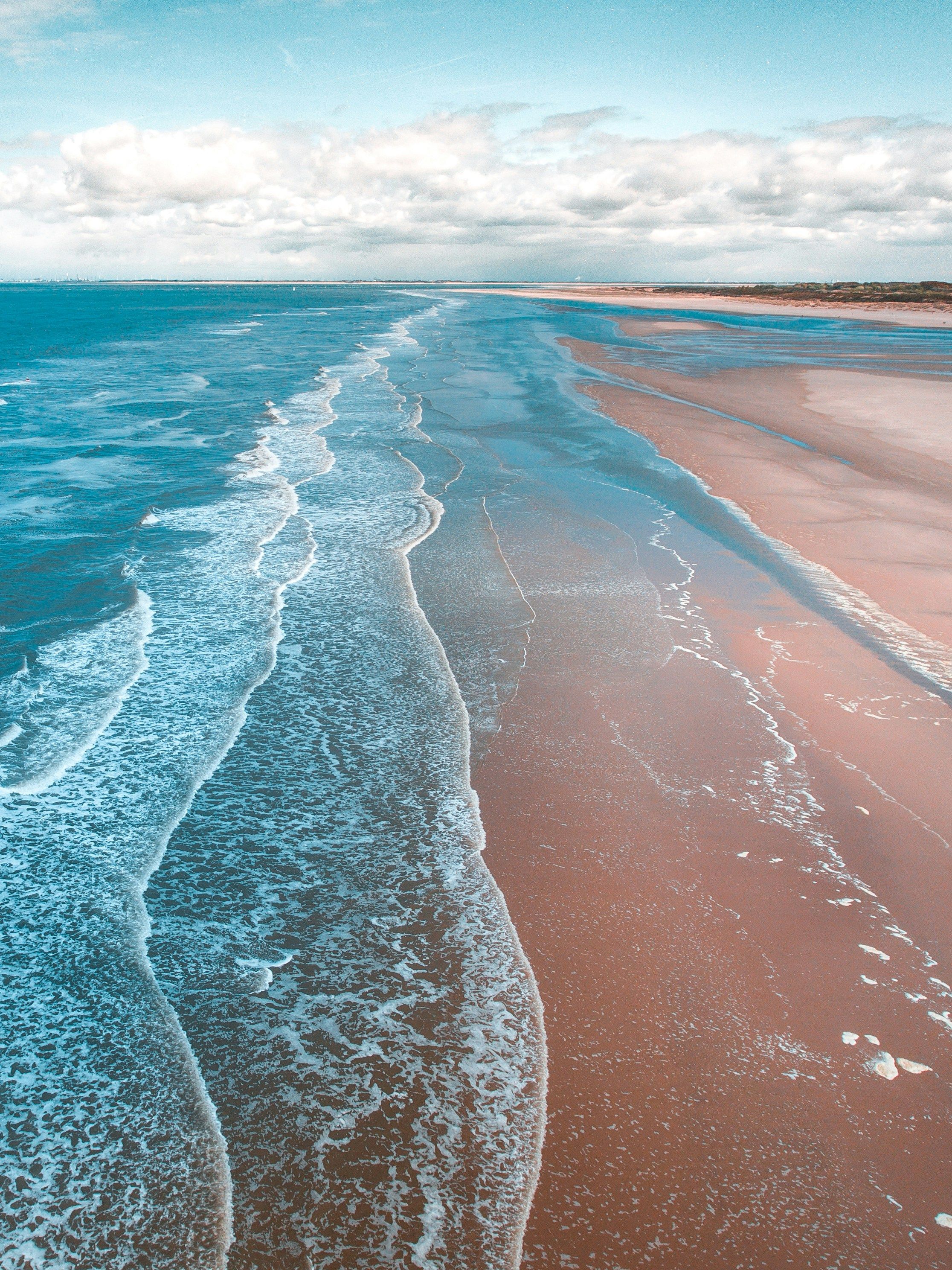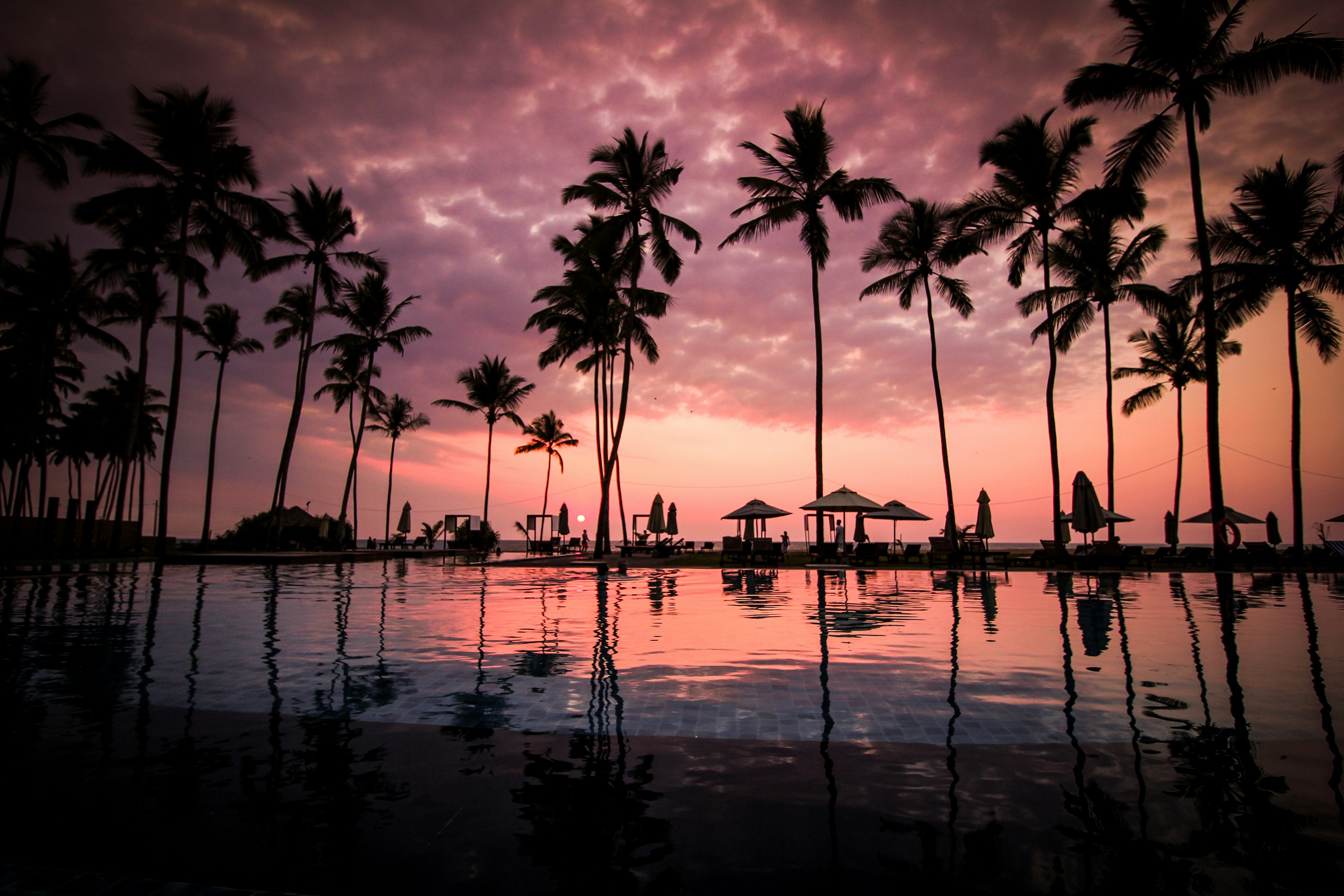AI Revolutionizing Visual Artistry: The Impact of Artificial Intelligence on Creative Expression
Artificial Intelligence (AI) is revolutionizing the artistic realm, serving as a creative partner, tool, and inspiration. Once a rudimentary component in the 1960s, AI is now a driving force, redefining the very foundations of art production and consumption.
AI's Evolving Role in Artistic Innovation
From basic algorithms, AI has advanced to collaborating with artists, generating visual masterpieces based on text prompts – from surreal landscapes to abstract portraits. This shift marks a profound transformation, challenging traditional notions of authorship.
Accelerating Creativity and Democratizing Art
AI accelerates the ideation process, enabling artists to generate and refine ideas rapidly. Furthermore, it democratizes art, making it possible for novices to create professional-quality work while aiding with editing and trend prediction. This democratization fuels exploration in generative animations and hyper-realistic digital sculptures.
Pioneering New Aesthetics
AI ushers in new aesthetics, merging disparate styles like Renaissance with cyberpunk. The marriage of human emotion and machine logic results in unique forms, which have gained momentum in galleries, with AI-generated works commanding high prices.
Questions Surrounding Originality and Ethics
AI art raises questions about originality and authorship: can machines truly create? Copyright debates persist, as models are often trained on existing works, potentially leading to oversaturation and dilution of novelty. Balancing innovation with integrity becomes crucial for artists to maintain a distinct voice.
A Look Toward the Future
AI's influence is set to deepen with real-time collaborations and a growing emphasis on sustainable practices, such as utilizing digital formats, which reduce environmental impact. This focus invites a broader spectrum of individuals to engage with art, allowing for unparalleled creativity and expression.
Underlying Trends and Implications
Currently, the AI art market is rapidly expanding, with revenues estimated to surge to $8.6 billion by 2033, driven by North America's 38% market share. AI-generated visual art dominates the sector, while cloud-based AI art solutions account for over 60% of services. Creative professionals make up 40% of AI art users, and traditional art sectors are increasingly adopting AI-generated art. Emerging AI tools prioritize offline usage for reduced energy consumption and data privacy risks. Efficiency in creative workflows, minimizing dependence on physical materials and prolonged production times, also contributes to the art world's environmental footprint reduction.
The future beckons with continued market expansion and mainstream acceptance, altering value and creativity standards. Artists will increasingly act as curators and editors of AI-generated outputs and focus on storytelling. The importance of sustainable practices, ethical considerations, and regulations is increasingly recognized, with the potential for clearer regulations around authorship, copyright, and fair use of training datasets. AI art's democratizing influence will continue, requiring careful consideration of its social impact on creative communities.
AI's advanced capabilities enable it to collaborate with artists in generating visual masterpieces, challenging traditional notions of authorship and democratizing the art world. Artificial Intelligence, now a driving force in art production and consumption, is capable of accelerating the ideation process, making it possible for both professionals and novices to create professional-quality work while aiding in editing and trend prediction. This democratization leads to the creation of unique forms and opportunites for exploration in generative animations and hyper-realistic digital sculptures.




